Cluster Headache: Symptoms, Causes And Everything Else
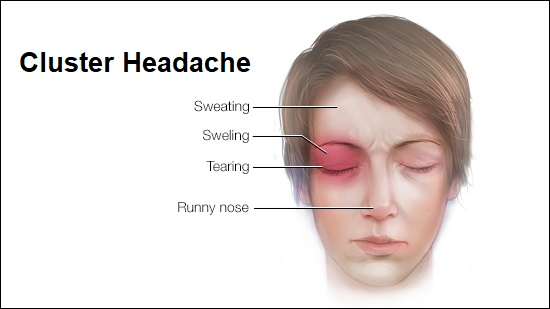
Introduction
Cluster headache, just as the name suggests, appears in clusters and is a severe yet not life-threatening type of headache. Often, cluster headaches appear in attacks causing severe pain on one side of the head. The attack can last from 15 minutes to 3 hours, every day for weeks or even months.
Cluster headaches are commonly misunderstood as migraines, work stress, or sinus headache. However, they happen to be more intense than a migraine but don’t last long. There are cycles of attacks from painful periods to pain-free periods for days or months.
It is found that cluster headaches affect fewer people than one in thousands. Research showed that men have a higher tendency to suffer from this headache than women. Moreover, these headaches can start at the age of 30 or before.
What Causes Cluster Headaches?
Even though the exact cause of cluster headaches is unknown, researchers suppose that the hypothalamus –a small part of the brain that controls blood pressure, body temperature, and sleep and wake cycles can be responsible for these attacks of cluster headaches.
The dilation of the blood vessels that supply blood to the face and brain starts the pain on one side of the head. The trigeminal nerve is pressurized due to the dilation (widening) of the blood vessels. What causes the dilation is still not known.
Another possibility for cluster headaches is the sudden release of the chemicals that fight during an allergy, or that controls moods, i.e. histamine or serotonin, respectively.
What Triggers Cluster Headaches?
Some things that can trigger cluster headaches are:
- Alcohol
- Cigarettes
- Drugs
- Tobacco
- Excessive hot baths
- Exposure to hot weather
- Strong smells or bright light
- Exertion (heavy physical activities)
- Heights (air travel or trekking)
- Foods items containing bacon or preserved meat
Symptoms of Cluster Headache
The most common symptoms are sudden one-sided head pain, which can travel to the eyes (around or behind), nose, and mouth of the same side. However, the pain can shift to the other side of the head in some cases. People often describe the pain as constant, intense, and severe piercing-like.
These are several symptoms that can be felt on the paining side of the head:
- Swollen or droopy eyes
- Reddening of the eye
- Contraction of the pupil in the eye
- Excess tearing of the eye
- Discomfort or uneasiness
- A runny or congested nose
- Sensitivity towards light
- Reddening or increasing heat of the face
- Sweating
Once the headache starts, it takes only 5-10 minutes for it to worsen. A person might feel restless or experience a burning sensation on one side of the head, but the pain escalates so fast, it doesn’t allow the person to prepare for it.
How are Migraines and Cluster Headaches Different?
As mentioned above, people often mistake cluster headache with a migraine. The type and intensity of pain are different. In migraines, the pain often starts slow and steady and lasts up to several hours or days. But, in cluster headache, the pain starts suddenly and rises in several minutes.
Migraine pain is on either side or overall across the head, unlike cluster headaches, which is on one side of the head.
Thirdly, migraines also give some signs before it hits, like, one can see the auras (flashing lights, coloured spots, and sparkles in front of their eyes).
Diagnosis and Treatment for Cluster Headaches
Diagnosis:
The pain can be diagnosed by examining the type of pain, the severity, the location of the pain, and the above-mentioned symptoms. The doctor will analyze and ask you to perform the physical and neurological exam. These exams include MRI and CT scans of the brain to search for and eliminate the chances of different causes, for example, brain tumours.
Treatment:
No permanent cure has been found for cluster headaches. The treatment will help in reducing the severity and shortening the attack periods. The doctor will advise pain medicines to relieve and prevent the headache. Nonetheless, if pain medication doesn’t work, the doctor can suggest surgery.
The person must start preventing the headaches by avoiding things that can trigger the cluster headaches.
The pain medication treatment includes:
- 100% oxygen – Inhaling 100% oxygen through a mask can relieve the pain caused. The effects can be observed within 15 minutes of oxygen inhalation.
- Triptans – It is a nasal spray known as Sumatriptan (Imitrex). It is often used to treat migraines but is also effective for cluster headaches. Triptan constricts the blood vessels to relieve the pain. However, people having unregulated blood pressure are not advised with Sumatriptan.
- DHE – An injection called Dihydroergotamine is injected to ease and relieve the pain caused by cluster headaches. It starts its function within 5 minutes of injection.
Please note that DHE is not supposed to be taken with Sumatriptan.
Surgery:
Surgery is the last option for curing cluster headaches. The surgery will disable the trigeminal nerve that causes the pain, and it will be permanently cured. However, the surgery has serious side effects and result in facial numbness.
Preventive Measures:
Here are some preventive measures that can avoid the pain before it even starts. These measures may not be fully effective but can help to reduce the frequency of headaches.
- Blood pressure medicines that relax the blood vessels – propranolol (Inderal) or verapamil (Calan, Isoptin, Verelan, Covera)
- Prednisone – a steroid that reduces nerve inflammation
- Ergotamine – medicine that avoids the dilation of the blood vessels
- Topiramate (Topamax) and Valproic acid – anti-seizure medicines
- Anti-depressants
- Baclofen – muscle-relaxing medicine.
Visit our website securephramaonline to buy all kinds of eye care products at a discounted price.
Conclusion
Cluster headaches appear in periods and for a short time but cause severe pain. They don’t have a permanent cure, but the suffering can be reduced using preventive measures, treatment, and avoiding what can trigger the headache. Cluster headaches are not life-threatening, yet the severity can be reduced.
This article contains the necessary information on cluster headaches and notes down various ways for treating, preventing, and reducing deep pain caused due to this type of headache.
July 26, 2021 Sam Bell






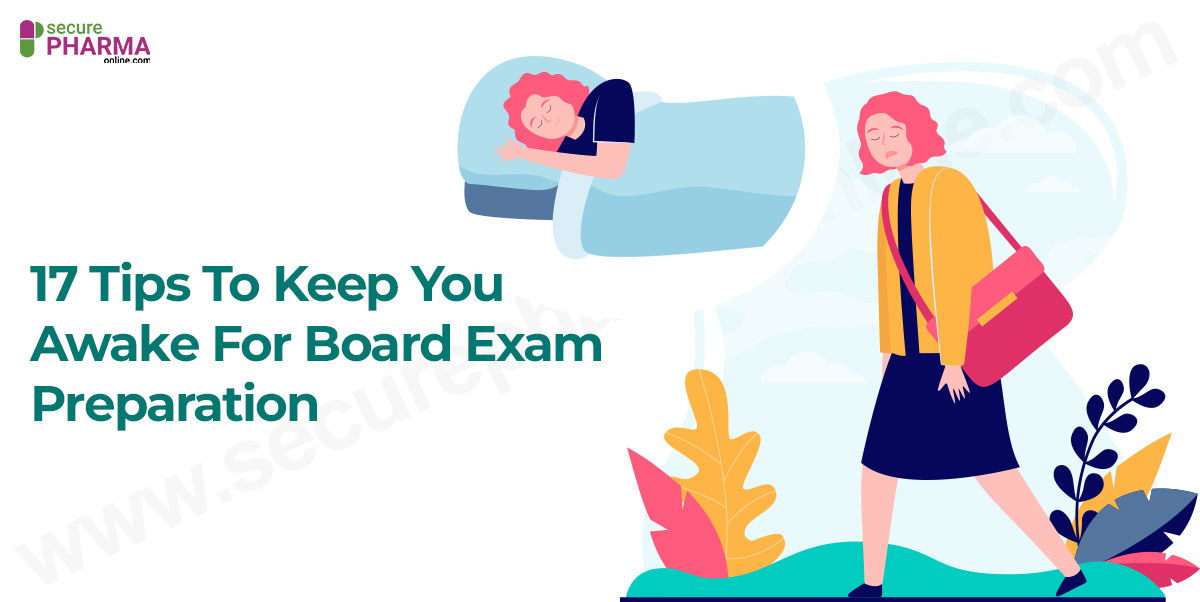
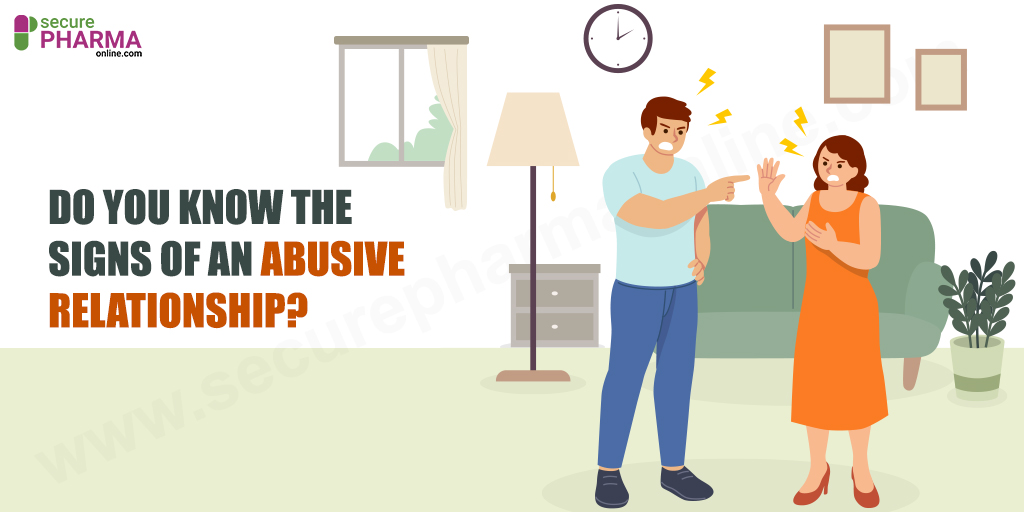

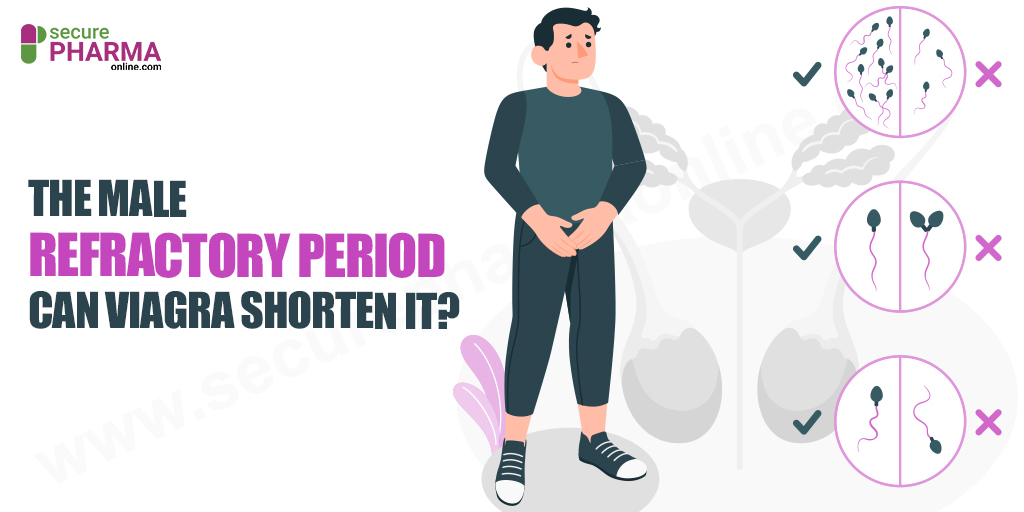
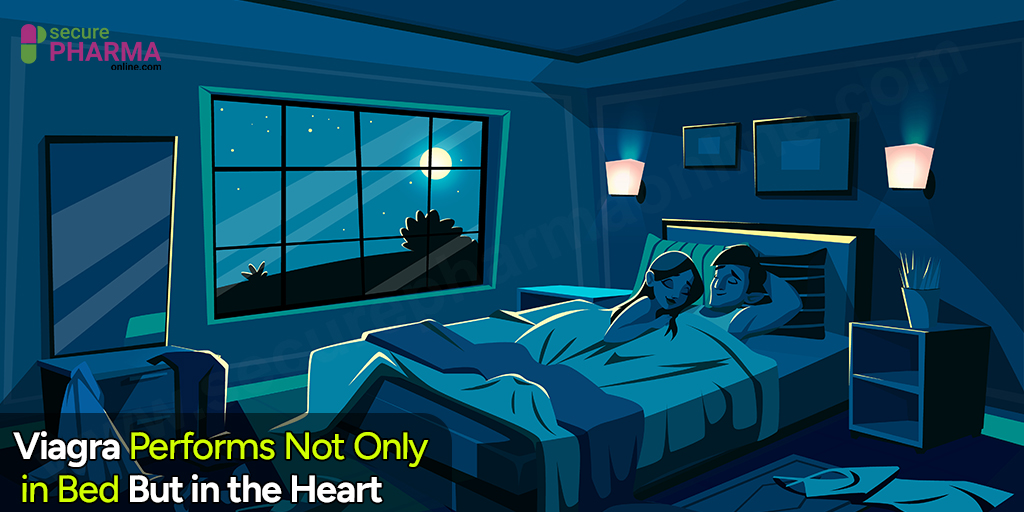
Comments